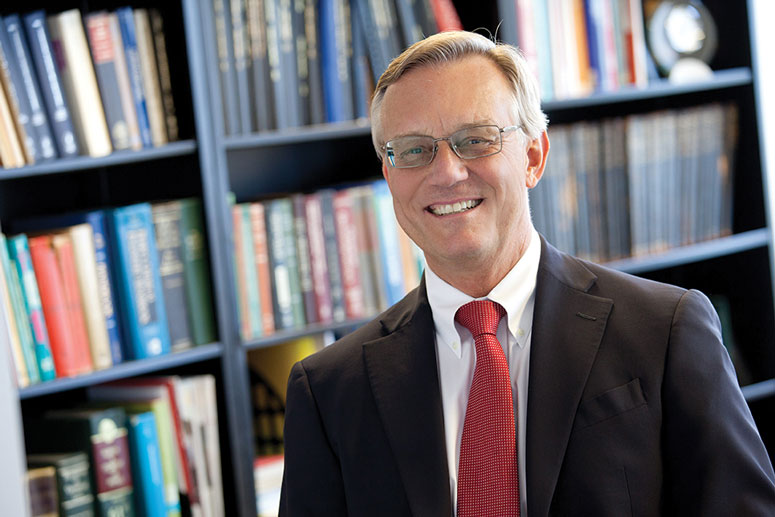
“It is hopeless for the occasional visitor to try to keep up with Chicago—she outgrows her prophecies faster than she can make them.” —Mark Twain
When Mark Twain wrote of “that astonishing Chicago” in Life on the Mississippi, he described a city “contriving and achieving new responsibilities.” It was 1883, the same year that Chicago conducted a trial run of the world’s first elevated electric railway at the Chicago Railway Exposition. This innovative transportation solution, developed by Thomas Edison and Stephen D. Field, boasted improvements such as reduced noise and pollution over its predecessor, the steam locomotive. According to Frank Lewis Dyer and Thomas Commerford Martin in their biography Edison: His Life and Inventions (Harper Brothers 1929), New York City initially had been hesitant to adopt this new technology into its railway system until after it was successfully demonstrated elsewhere. Chicago won the technology race when it launched the world’s first permanent elevated electric railway several years later. Does change need to be wide-reaching for the product or process that caused it to earn the right to be called innovative? Can smaller, sometimes subtle advances in specialized fields, taken separately and together, themselves be called innovations—the necessary prerequisites that make major breakthroughs possible?
The rest of the world followed in Chicago’s footsteps.
Many great innovations—the cell phone, architectural invention, and wireless remote technology—are linked to Chicago and IIT. It’s no surprise given the creative energy and entrepreneurial, pioneering spirit that abound in this city. Chicago is often called the Second City, which is apropos when one considers the city’s drive to be the best. Call it Hungry City—Chicago’s endurance is unflappable.
Like any great city, Chicago experiences phases, and right now a heightened sense of new possibility is palpable here. The new digital-startup facility 1871 [see page 4] has opened downtown, so named for the year of the Great Chicago Fire, after which the city rebuilt itself and became greater than before. The city’s new investment in both its infrastructure and the education of its people—as exemplified by its partnership in IIT’s construction of the Innovation Center on Main Campus [see page 2]—point to a new phase of innovation and technological discovery that is underway. More broadly, IIT Institute of Design Dean Patrick Whitney describes how we are beginning a third Industrial Revolution [see page 18]; institutions such as IIT that develop innovative solutions for design and technology will be at the forefront of this revolution.
IIT has a long history of noteworthy contributions to Chicago’s greatness, and we are poised to chart and achieve new responsibilities in this next era of invention. From educating tomorrow’s leaders and innovators to creating a hub that will lead to products and processes that will improve our lives, we will lay the groundwork this year for bold new prophecies that, even when outgrown, will continue to astonish.
John L. Anderson
President